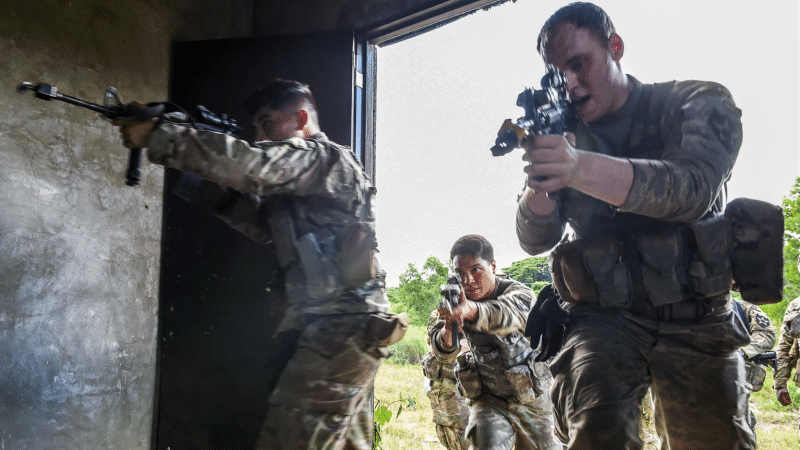Published 13:54 IST, June 6th 2024
Balikatan Exercises Expand to Northern Edges of the Philippines, Countering Chinese Aggression
The Balikatan exercise, a joint military drill between the United States and the Philippines, has expanded significantly amid rising tensions with China.

Balikatan Exercise | Image:
Twitter/@BalikatanEx
- Listen to this article
- 3 min read
Advertisement
13:54 IST, June 6th 2024




